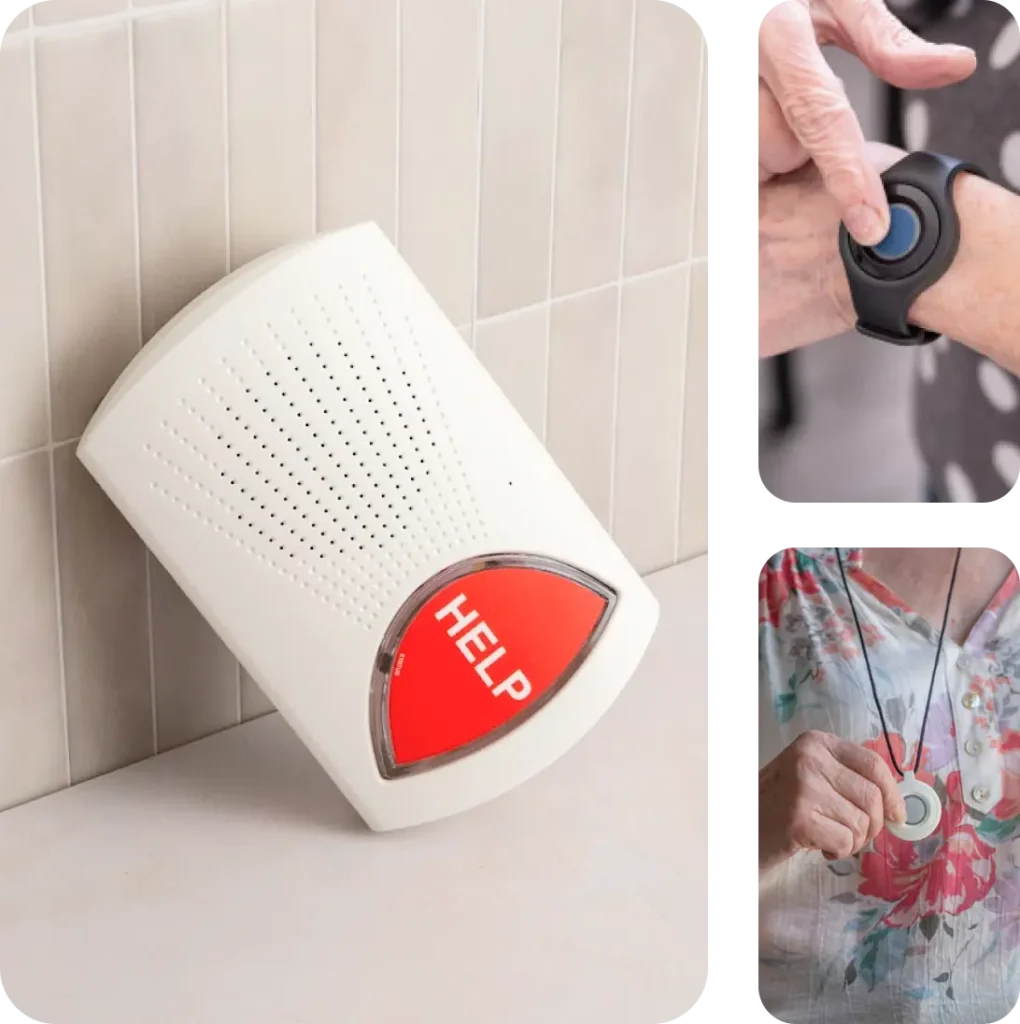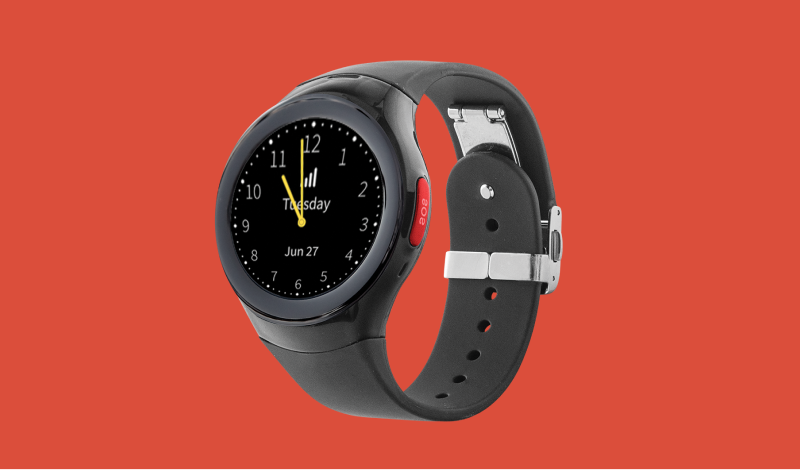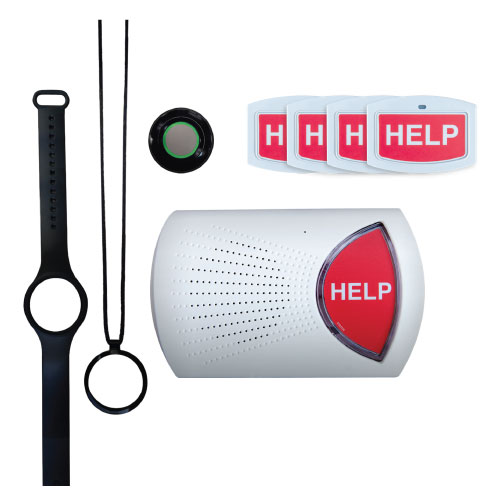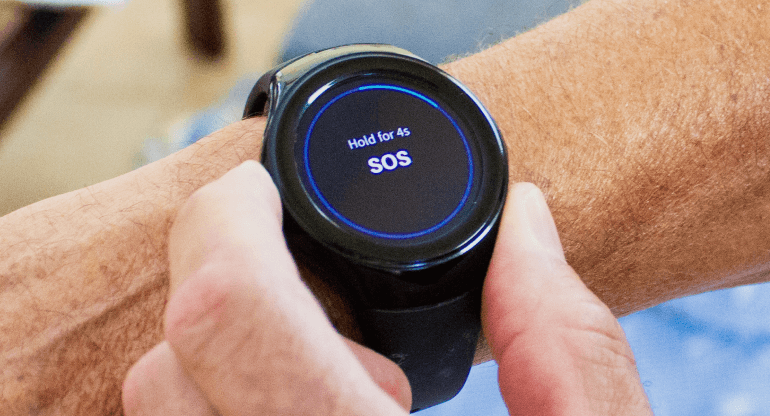
Choosing the right medical alert system is crucial for ensuring the safety and peace of mind of both the user and their loved ones. With so many options available, it is essential to evaluate carefully the different features and policies before making a decision. Reviewing comparison guides can help you make an informed decision. These reviews analyze essential aspects such as battery life, fall detection reliability, monitoring center response time, and total cost. Look for reviews that include a human tester who has spent many hours evaluating all the parameters of a device. And look for the trustworthiness of the provider too, from customer reviews, to select one that meets your needs.
A large factor to consider of course is the cost. Medical alert systems can come with various expenses, including an initial equipment fee, monthly service charges, and possible additional costs for activation, installation, or extra features such as fall detection and GPS tracking. It is important to look for transparent pricing with no hidden fees and to opt for a monthly plan rather than a long-term contract to avoid being locked into a service that may not meet your needs. Additionally, reviewing the provider’s refund and return policy can help ensure that you won’t be stuck with a system that doesn’t work well for you. Some companies offer trial periods or satisfaction guarantees, which can be beneficial when testing out a new service. Establish the guarantees and refund policies before you buy.
Another key consideration is the type of system that best suits the user’s lifestyle. In-home systems typically work with landlines or cellular networks and are ideal for individuals who spend most of their time at home. For those who are more active and visiting different locales or running errands, a mobile system with GPS tracking may be a better choice. Many providers also offer bundles of both systems offering both in-home and mobile capabilities for more comprehensive coverage.
The features of the system play a crucial role in its effectiveness. Fall detection can automatically alert emergency services if a fall is detected, though accuracy varies between providers. GPS tracking is particularly useful for individuals with memory-related conditions such as dementia, as it can allow caregivers to locate them in case of wandering. The device should also be water-resistant, ensuring it can be worn in the shower where falls are common. Additionally, having two-way communication allows the user to speak directly with the monitoring center, which can be vital in emergencies. A longer battery life is also beneficial, as it reduces the need for frequent recharging.
The quality of the monitoring center is another critical factor. A reliable monitoring center should provide a rapid response time, as every second counts in an emergency. Certifications from organizations such as UL (Underwriters Laboratories) or TMA (The Monitoring Association) can be a good indicator of reliability. If the user speaks a language other than English, it is worth verifying that the center has multilingual operators available. And when an alarm signal is initiated, it helps if the monitoring center can immediately pinpoint the device location, and also learn as much as possible about the wearer’s medical condition.
If the user may travel, or evacuate due to emergencies, or visit family at a distance, ensure the system allows easy location transfers. Some systems can be used nationwide, while others may have limitations based on service areas. Equally important are comfort and ease of use: even the most advanced system is ineffective if the user doesn’t consistently wear it. The device should be comfortable, easy to wear, and unobtrusive to daily activities. Some users prefer a discreet pendant or clip-on, while others may find a wristband more practical.
Pendant or Smartwatch?
Many seniors who have been accustomed to wearing a wristwatch for years may feel more comfortable wearing a medical alert smartwatch rather than a pendant or a clip-on device. Fortunately, these options now exist, although the choices can be a little more bewildering. Just as the smartphone has evolved its companion device in a smartwatch, so too have medical alert manufacturers increasingly incorporated their features into a wrist-worn device, the smartwatch.
Be warned that there are great differences between the general-purpose smartwatch that acts as a companion to its parent smartphone and offers medical alert features as accessory apps – such as the Apple Watch – and the medical alert smartwatch that is designed around the core functions of a medical system and built for this purpose – such as the Bay Alarm SOS Smartwatch.
Typically, we can say today that the more one leans toward the full functions of a smartphone in a wristwatch, the more one leans away from the reliability and simplicity of a medical alert system. There’s an important trade-off to study and choose between a purpose-built medical alert system made in a watch format, versus a smartphone condensed into a watch with some medical alert features added. See our article on Why You Can’t Use a Phone as a Medical Alert System for a full examination of these options.















